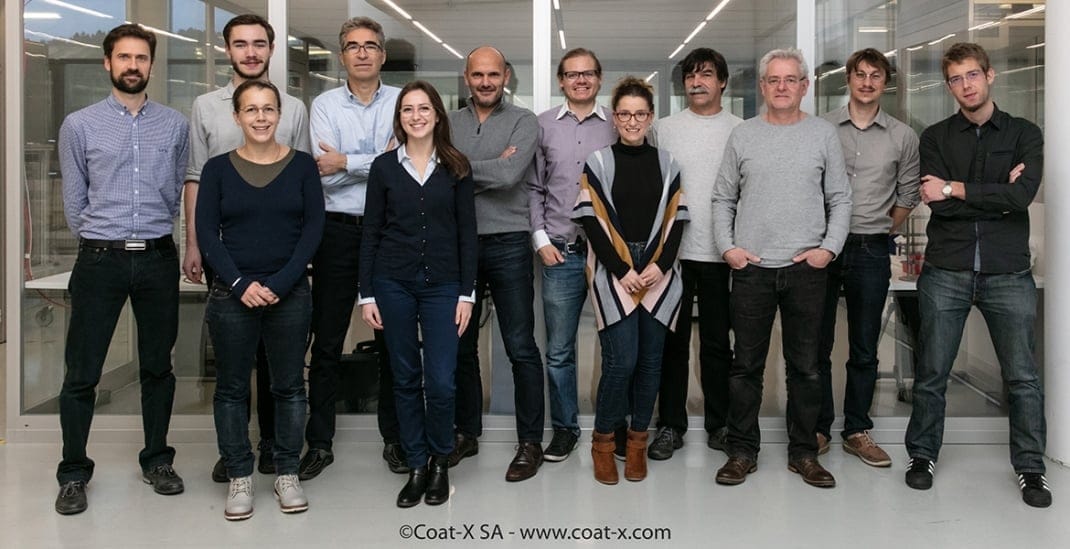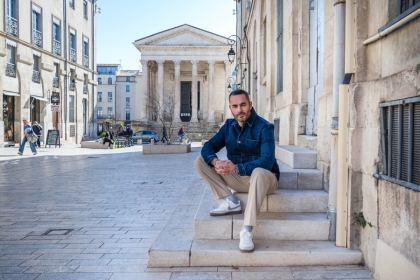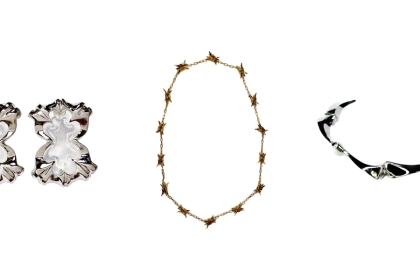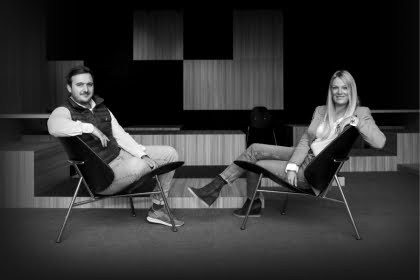The Swiss start-up Coat-X, based in La Chaux-de-Fonds, has developed an innovative process to make electronic circuits or other parts ultra-resistant to moisture. This technology has a bright future ahead, especially in the medical and watchmaking fields.
At the origin of Coat-X, there is Andreas Hogg, a microtechnology engineer who graduated in 2006. It is in the framework of his master’s degree and his doctorate that he has developed the technology curently used by Coat-X. This doctorate was conducted as part of a research program developed by the pharmaceutical company Johnson & Johnson in collaboration with the Haute Ecole Arc, Neuchâtel. The goal was to develop miniaturized smart implants. After 5 years of research, Andreas Hogg has succeeded in developing a revolutionary encapsulation technique.
The problem of hermetic sealing
At present, medical devices that are introduced into the body are typically placed in titanium or glass housings. Indeed, they must be perfectly waterproof. On the one hand to be protected against moisture, corrosion and other aggressive substances. But also to avoid contaminating the inside of the body with extraneous materials. The problem is that these housings take up a lot of space and constitute an obstacle to the reduction of microsystems such as medical devices. But the technology developed by Andreas overcomes this problem and allows the creation of even smaller new microsystems.
A new solution to “encapsulate”
Instead of placing the electronic circuit in a housing, it is covered with a thin, ultra-resistant layer. This layer is composed of superimposed polymer and ceramic films. It is deposited on the object in the form of gas in a vacuum chamber. Once solidified, the membrane is only 10 microns thick, like a food film, but it is as waterproof as 60 cm of silicone and remains very flexible. The device protected resists corrosion and humidity. This helps protect, miniaturize and increase the life of medical implants. Thanks to this innovation, Andreas Hogg has received numerous awards, such as the 2016 BCN Innovation Award. Currently, Coat-X has already started serial production for several of these customers’ applications.
The creation of Coat-X
To commercialize this innovation, the Swiss engineer created a start-up, Coat-X. He was joined in this venture by two co-founders: Yanik Tardy, a graduate engineer from the Swiss Federal Institute of Technology in Lausanne with more than 25 years of industry experience, and Eric Nagels, the former Chief Financial Officer of Johnson & Johnson, Neuchâtel. In addition, the start-up is financially supported by Stefan Schwab, an independent Swiss entrepreneur. Coat-X first tackled the medical industry, which appears to be the most mature market for this technology. It is especially used to protect eye implants fighting against glaucoma, but could also be used to increase the life of pacemakers or stimulation electrodes.
Multiple opportunities
The applications of this new technology are vast, in fields as diverse as watchmaking, jewelery, sensors and aerospace. For the automotive industry, it could make distance and obstacle sensors lighter and more resistant. By serving as a substrate for flexible electronic circuits, the Coat-X membrane could also be used by computer giants to create foldable and durable mobile phones. These different applications promise a bright future for the Swiss start-up. Its ambition is to continue to provide unique solutions to its customers by relying on the competencies of the Neuchâtel region, which has become an important hub for the microtechnology device sector. For the moment, Coat-X is encapsulating his customers’ pieces after having advised them on the design and the choice of the optimal materials for their products. In a second step, the company will provide custom machines directly to its customers who have the highest production volumes or special requirements. Thus, Coat-X seeks to become a vital partner in the advanced microtechnology industry.





